Today is #MahaAshtami - the most auspicious day of the five day Durga Puja festival. A unique ritual of Maha Ashtami is the Kumari Puja at the Belur Math, originally started by Swami Vivekananda. Today, we look back at its intriguing origin (1/14)




Kumari Puja involves worship of a very young girl as the personification of the Mother Goddess. Swami Vivekananda, the legendary radical monk, was inspired to introduce this ritual by his mentor Ramakrishna Paramahansa (2/14)
This late 19th century spiritual leader, known for his eccentricities and unorthodoxies, strongly believed that little girls are the true representations of the Divine Mother as they are uncorrupted by the influences of the material world (3/14) 

Swami Vivekananda is believed to have performed Kumari Puja for the first time in 1892 in Kanyakumari when he worshipped the young daughter of Manmatha Bhattacharya. But the pivotal moment in Swamji’s tryst with Kumari Puja would arrive 6 years later (4/14)
In 1898, Swamji setout on a journey to re-discover his country and its people by travelling across the land. Accompanying him was his ardent disciple, Margaret Noble, better known as Sister Nivedita, and many others (5/14) 
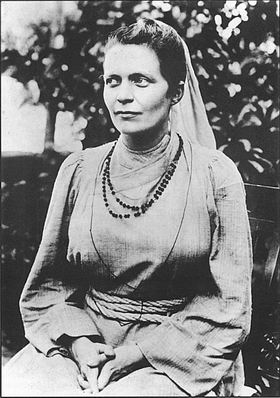
Swamiji and his entourage reached the Kashmir Valley from Almora via Rawalpindi. Soon after, Swamiji had what would be called a “divine” encounter. While chatting with Nivedita and his close confidant Josephine Macleod, a sight caught the monk’s attention (6/14) 
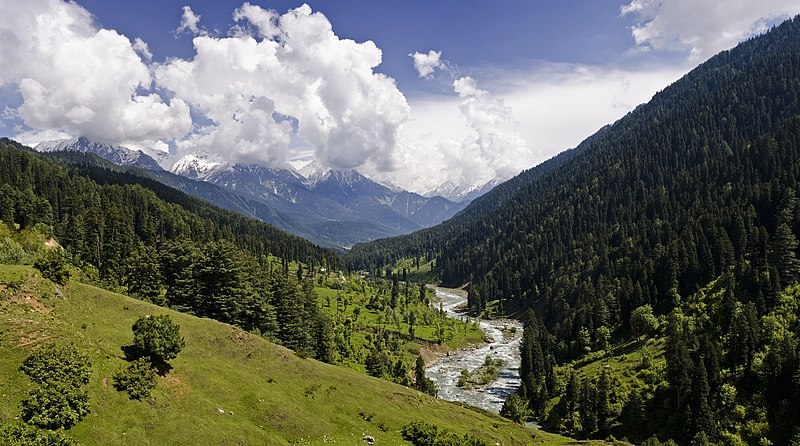
It was that of a young Kashmiri girl, barely 6 or 7 years old who was feeding her brother. For a few moments, Swamiji was in a trance before he broke out of the reverie and told Nivedita and Miss Macleod that he had just seen the Divine Mother in that little girl (7/14) 
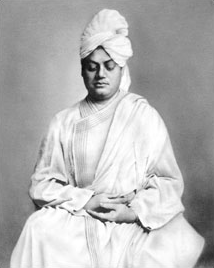
He expressed a desire to worship the girl the very next day with all necessary rituals. Even as Nivedita and Miss Macleod got busy, news spread and some local holy men and priests arrived. They informed Swami Vivekananda that they were there to avert a disaster (8/14)
Unbeknownst to Swamiji, the girl belonged to the Muslim community and was the daughter of a poor Shikara owner. They asked Swamiji to select some other girl (9/14)
But Swamiji stood firm. He told them that in his view, the Mother Divine is above any divisions of religion, caste or creed (10/14) 
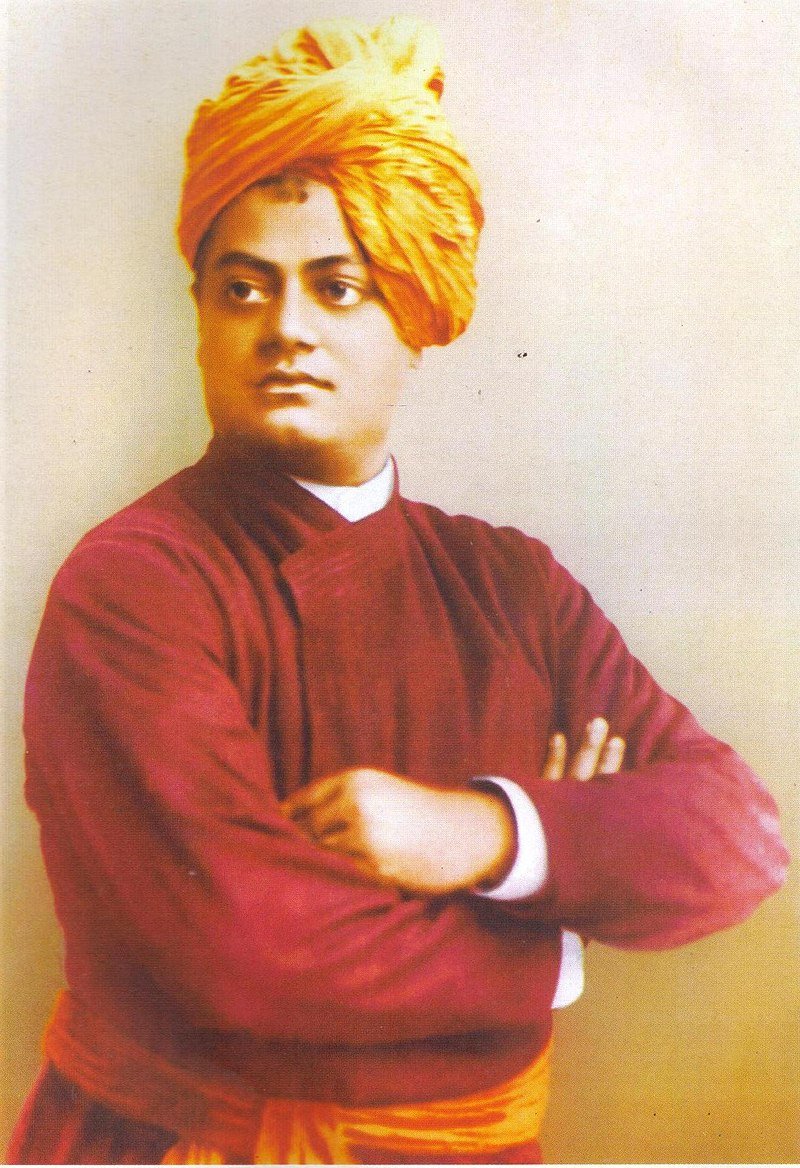
He had sensed the presence of that divinity in that child and was determined to worship her as Goddess the next day. Such was Swamiji’s conviction that the locals had to bow down to his wishes (11/14)
Next day, Swamiji, aided by Sister Nivedita & Miss Macleod, performed the Kumari Puja of this little Muslim girl with all devotion. Just like his guru Ramakrishna, Swamiji, after completing the Puja, bent down and touched the little girl’s feet, asking for her blessings (12/14)
After returning to Calcutta, Swami Vivekananda decided to institutionalize Kumari Puja at Belur Math. And thus, in 1899 (alt. 1901), Kumari Puja was held at Belur Math as Swamiji worshipped 9 little girls as Mother Goddess - a tradition that continues to this day (13/14)
This tale of Swami Vivekananda’s tryst with Kumari Puja shows what made him such a fascinating character. It is also a perfect homage to Bengal’s Durga Puja which continues to remain a beacon of unity in an increasingly divided world (14/14) 
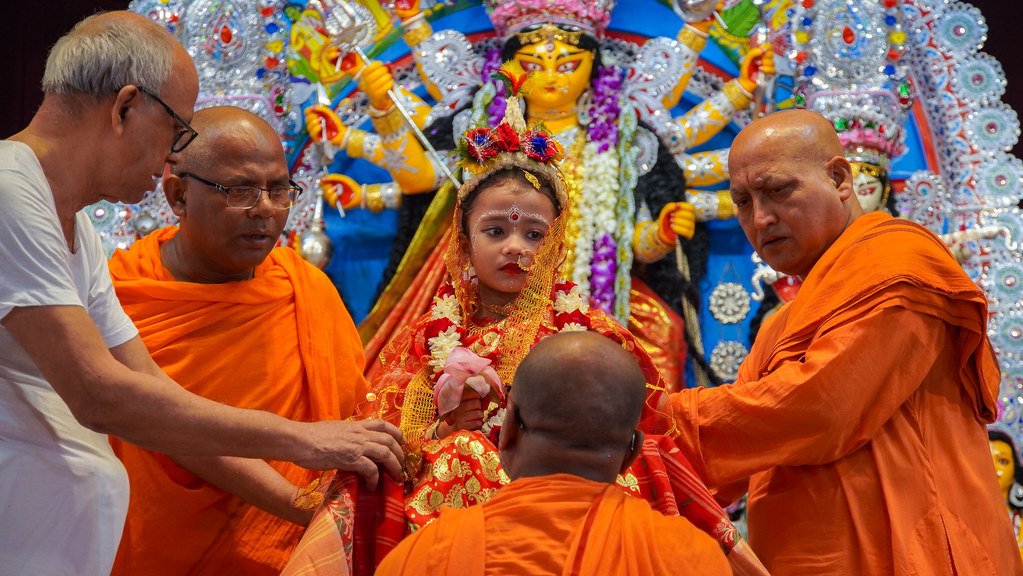
Source:
dnaindia.com/india/report-w…
intheedition.wordpress.com/2019/10/06/kum…
timesofindia.indiatimes.com/city/kolkata/n…
groups.google.com/g/daily-katha/…
dnaindia.com/india/report-w…
intheedition.wordpress.com/2019/10/06/kum…
timesofindia.indiatimes.com/city/kolkata/n…
groups.google.com/g/daily-katha/…
Images:
Tweet 1:
Kumari Puja -
Swami Vivekananda - By The original uploader was Dziewa at English Wikipedia. - Transferred from en.wikipedia to Commons., Public Domain, media.belurmath.org/durga-puja-202…
commons.wikimedia.org/w/index.php?cu…
Tweet 1:
Kumari Puja -
Swami Vivekananda - By The original uploader was Dziewa at English Wikipedia. - Transferred from en.wikipedia to Commons., Public Domain, media.belurmath.org/durga-puja-202…
commons.wikimedia.org/w/index.php?cu…
Tweet 3: By Abinash Chandra Dna - Own work by Sray at English Wikipedia., Public Domain,
Tweet 5: By Unknown author - , Public Domain,
Tweet 6: By KennyOMG - Own work, CC BY-SA 3.0, commons.wikimedia.org/w/index.php?cu…
arcadelamor.org/storytellingmo…
commons.wikimedia.org/w/index.php?cu…
commons.wikimedia.org/w/index.php?cu…
Tweet 5: By Unknown author - , Public Domain,
Tweet 6: By KennyOMG - Own work, CC BY-SA 3.0, commons.wikimedia.org/w/index.php?cu…
arcadelamor.org/storytellingmo…
commons.wikimedia.org/w/index.php?cu…
commons.wikimedia.org/w/index.php?cu…
Tweet 7: , public domain image Known photographs of Swami Vivekanandabelurmath.org/swamivivekanan…
vivekananda.net/KnownPhotos.ht…
vivekananda.net/KnownPhotos.ht…
Tweet 10: By Thomas Harrison - Scanned from photograph, the photograph is available in most of the Ramakrishna Mission store or photo gallery and has been used in different books...
...A similar photograph can be found at Śaṅkara (2005) Acenā ajānā Bibekānanda (6. saṃskaraṇa. ed.), Kalakātā: Sahityam, pp. 126 ISBN: 8172670346., Public Domain,
Tweet 14: commons.wikimedia.org/w/index.php?cu…
media.belurmath.org/durga-puja-202…
Tweet 14: commons.wikimedia.org/w/index.php?cu…
media.belurmath.org/durga-puja-202…
• • •
Missing some Tweet in this thread? You can try to
force a refresh

 Read on Twitter
Read on Twitter

















